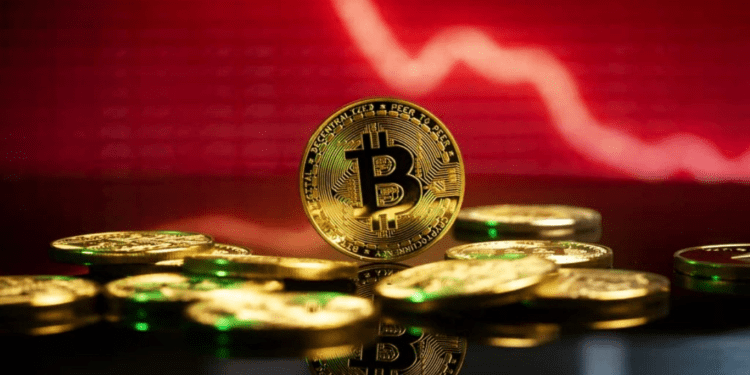The cryptocurrency industry is robust and offers prospects for growth and innovation despite the recent failures of Silicon Valley Bank and Silvergate. At the same time, it exposes the flaws in the established financial system and the requirement for regulatory reforms.
- The failure of Silvergate and SVB instead reveals the flaws in the established financial system, not a vulnerability in cryptocurrencies.
- As the globe transitions to a decentralized future, the long-term prospects for the bitcoin market are still promising.
Commotion in Crypto Market
The failure of Silvergate and Silicon Valley Bank (SVB) last week created a commotion in the cryptocurrency market. Investors, regulators, and customers were alarmed by SVB’s forced admission into Federal Deposit Insurance Corporation (FDIC) receivership on March 10 and Silvergate’s prior liquidation. Even though the news may have given some people the impression that cryptocurrencies were weak, it demonstrates the industry’s resilience to shocks. It sheds light on the flaws of the conventional financial system.
The Collapse of Silvergate
Since 2016, Silvergate has been a critical player in the cryptocurrency market, with assets that peaked at over $16 billion. The bank operated as an on and off-ramp for significant cryptocurrency exchanges, notably the now-collapsed FTX. However, the FTX connection and the market’s waning confidence in cryptocurrencies caused Silvergate’s deposits to drop by more than 50% in Q4 2022. It compelled the bank to sell its assets at a loss to meet redemptions, resulting in a classic bank-run scenario. The bank made numerous failed attempts to be saved before choosing to go into voluntary liquidation and proposing a winding-down plan that included a “full refund of all deposits.”
The Collapse of SVB
With around $209 billion in assets at the end of 2022, SVB, in contrast to Silvergate, was the 16th-largest bank in the US. Two former employees of the company founded the company. Although SVB’s failure was unrelated to cryptocurrencies, it had uncanny parallels to Silvergate’s loss. In a classic bank-run scenario, it faced withdrawals that exceeded the value of its assets. Thus it had to sell those assets at a loss to offset the leaves. Both times, US Treasuries were used as an asset instead of a risky cryptocurrency token.
The Vulnerabilities of the Traditional Financial System
Due to Treasury bonds currently worth less than what was paid, US banks now hold more than $600 billion in unrealized losses. Due to recent occurrences, regulators will recognize the cryptocurrency industry and might even be more willing to include it on their regulation agenda. The failure of Silvergate and SVB illustrates the flaws in the conventional banking system rather than placing the blame on cryptocurrencies.
The Positive Outlook for the Cryptocurrency Market
Contrary to popular belief, the collapse of Silvergate and SVB does not signify weakness in cryptocurrencies. Instead, it is an indication of the resilience of the cryptocurrency ecosystem to shocks. As regulation cranks up, other jurisdictions may step in, while US enterprises who wish to be active in Web3 will take their activities abroad. The UK, whose Prime Minister has shown a determination to transform London into a cryptocurrency center, and China, which is covertly opening the door to digital currencies through Hong Kong, are two significant examples. Countries that have supported cryptocurrencies will have the advantage when widespread adoption occurs.
Conclusion
The recent failure of Silicon Valley Bank and Silvergate does not indicate that the bitcoin market needs to be stronger. Instead, it draws attention to the flaws in the conventional financial system and the necessity of legislative changes. The industry has a chance to develop and invent due to the bitcoin ecosystem’s resistance to shocks and some nations’ readiness to accept it. The long-term picture for the cryptocurrency market is still optimistic, despite the possibility of some short-term drawbacks. The importance of cryptocurrencies is anticipated to grow as society transitions to a decentralized future.














